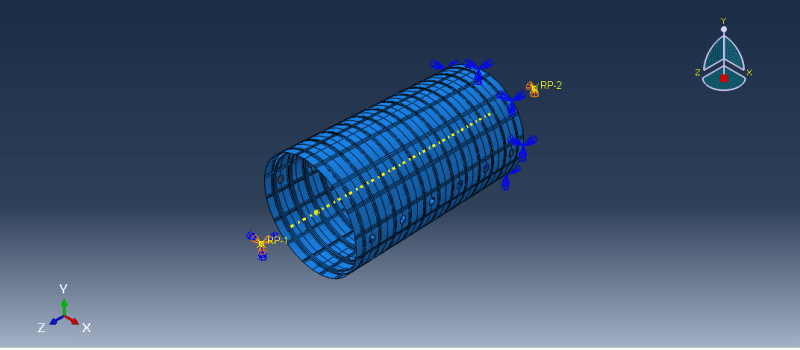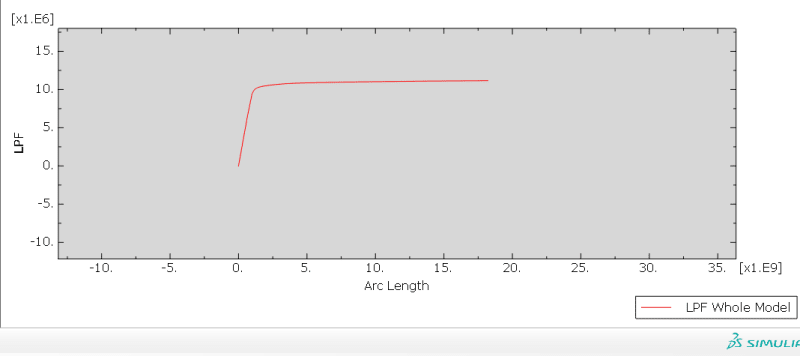mikylangel
Industrial
- May 1, 2024
- 8
Hi, I am doing a riks analysis of a cylindrical fuselage with windows. I have applied contact interactions between the different parts, and I have applied a unit value load to a reference point, joining the displacements of that point to my figure. However, the LPF comes out constant, and does not come out as it should, since I understand that it should come out a maximum and then decrease. Does anyone know what is the reason for this?
Attached is my LPF graph


Attached is my LPF graph


